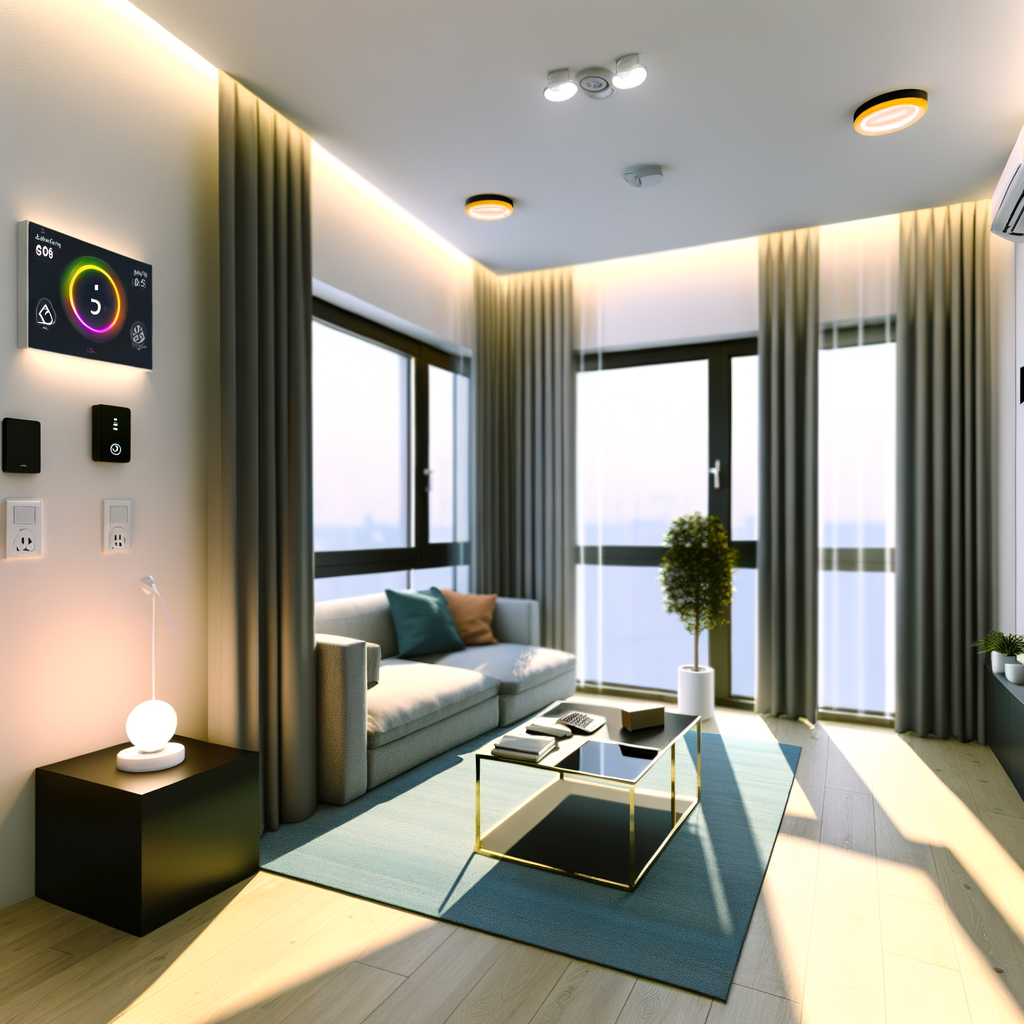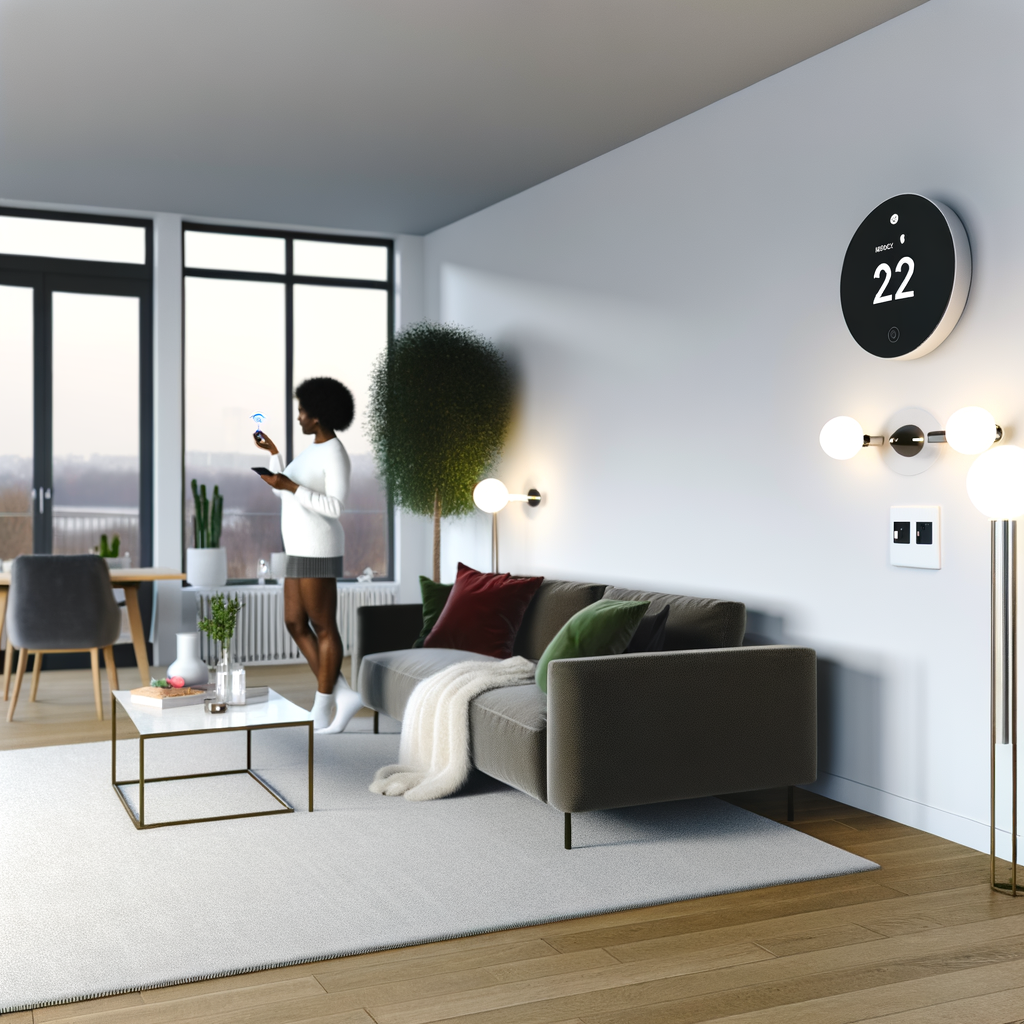How to Transform Your Rental Into an Energy-Efficient Smart Home—No Renovations Required
Dreaming of a futuristic, eco-friendly home but stuck in a rental? Good news! You don’t need walls torn down or wires snaked through your ceiling to create an energy-efficient smart haven. With the latest technology, transforming your rental into a green, smart home is easier—and more affordable—than ever.
This comprehensive guide walks you step-by-step through practical, landlord-approved upgrades that slash energy bills, enhance comfort, and reduce your environmental footprint—without a single renovation. Let’s get started!
Why Smart Home Technology Is Perfect for Renters
Smart home tech, especially the plug-and-play variety, is tailor-made for renters:
- No permanent installation: Most devices install easily, no drilling or rewiring needed.
- Easy to remove: Take your smart gadgets to your next place when you move.
- Remote controls: Manage your home’s environment from anywhere—on your phone or with your voice.
It’s the perfect answer for boosting sustainability and convenience without altering the property or risking your security deposit.
Step 1: Start With Smart Plugs and Power Strips
Phantom energy—the electricity devices use when on standby—can make up 10% or more of your utility bill. Smart plugs and power strips are the easiest, most cost-effective way to control this.
How Smart Plugs Work
Smart plugs are simple adapters that connect between an outlet and your device. They let you:
- Turn devices on/off via app or voice assistant
- Set automated schedules
- Monitor real-time energy usage
Tips for Renters
- Choose WiFi-enabled models for setup with no hub required.
- Use for lamps, fans, gaming consoles, and coffee makers.
- Pair with a smart power strip for entertainment centers and office setups.
Step 2: Upgrade to Smart Lighting
Lighting is both an energy hog and an easy win for smart upgrades. Swapping out old bulbs for smart LEDs can cut lighting energy use by up to 80%—and gives you control from anywhere.
Why Go Smart With Lighting?
- Set schedules to match your routines and avoid leaving lights on.
- Dim or brighten without a switch, even if your rental lacks dimmers.
- Change colors for work, relaxation, or parties.
- Remote control and automation: Turn lights on before you come home for safety and comfort.
Best Smart Lighting Options for Renters
- Screw-in bulbs: Easiest to install, just swap out your existing bulbs.
- Smart lamps or strips: Perfect for accent lighting without changing ceiling fixtures.
- Remote-control switches: Stick-on options exist for more control with zero wiring.
Pro Tip: Avoid models that require a wired hub unless you’re confident you can uninstall them without damage.
Step 3: Install a Portable Smart Thermostat
Heating and cooling typically account for the largest piece of your energy bill. Smart thermostats optimize temperature for efficiency and comfort. And yes—renters can use them too!
Options for Renters
- Smart AC controllers: If you use window units or mini-splits, these devices stick on your wall or sit nearby, using infrared or WiFi to control your appliance—no hardwiring needed.
- Battery-powered thermostats: Some newer smart thermostats can be installed with stickers or mounts and control your heating system wirelessly (with landlord permission, of course).
- Smart radiator valves: For rentals with radiators, innovative smart valves let you control heat room-by-room.
Key Features to Look For
- Easy setup and removal (no drilling or rewiring unless approved)
- Works with your phone or favorite voice assistant (Alexa, Google Assistant, Siri)
- Learning algorithms that adjust to your lifestyle
- Geofencing, so the system knows when you’ve left or are heading home
Step 4: Use Smart Sensors for Energy Efficiency
Smart sensors make your new system truly “smart” by automating adjustments based on real-time conditions. For renters, these devices are non-invasive and can stick, stand, or suction wherever you need them.
Must-Have Sensors for Renters
- Motion sensors: Automatically turn lights off when no one’s around.
- Door/window sensors: Alert you if windows are open when AC or heat is running—or just remind you about drafts.
- Temperature/humidity sensors: Inform smart thermostats for optimized comfort and energy use.
- Leak detectors: Protect your deposit by catching leaks under sinks or near appliances before they become disasters.
Integration Is Key
- Stick with brands or platforms compatible with your existing smart home setup (Google Home, Amazon Alexa, Apple HomeKit).
- Most sensors use batteries and connect via WiFi or Zigbee/Z-Wave hubs—ensure you’re comfortable with the setup process.
Step 5: Block Drafts and Boost Insulation—The Smart Way
Even the smartest gadgets can’t compensate for a drafty window or a poorly insulated door. While you can’t replace windows or add insulation in most rentals, you can use renter-friendly solutions to tighten your space:
Top Renter-Friendly Weatherproofing Tips
- Removable weatherstripping: Apply to windows and doors—easy to peel off when you move.
- Thermal curtains or shades: Keep out cold or heat, and they’re a style upgrade too.
- Door draft stoppers: Slide under doors to block airflow.
Combine these strategies with smart sensors to get alerts when temperatures drop, windows are left open, or humidity spikes, so you can take quick action.
Step 6: Monitor Energy Use and Get Personalized Insights
Knowledge is power—literally. Smart energy monitors let you see where your electricity is going, often identifying energy hogs with zero guesswork.
Best Energy Monitoring Options for Renters
- Smart plugs with energy monitoring: Track the consumption of individual devices.
- Whole-apartment monitors: Some models only require clipping sensors around the main wires in your electrical panel—no rewiring necessary, but check with your landlord first.
- Utility app integrations: Some power providers offer real-time usage breakdowns through their apps—check if you’re eligible.
How to Maximize Savings
- Track which devices use the most power and set schedules accordingly.
- Get alerts for unusual energy spikes, so you can find and fix problems fast.
- Analyze daily/weekly reports to adjust habits and reduce waste.
Step 7: Automate Everything With Smart Home Hubs & Routines
Having a bunch of smart devices is great—but having them work together is even better. Smart home hubs and routines tie your ecosystem together for maximum efficiency and convenience.
Hubs vs. Platform Apps
- Smart speakers/displays (Echo, Nest Hub): Act as central controllers for your devices, usually with voice control.
- Hub devices (SmartThings, HomeKit): Optional, but enable more complex automations and compatibility across brands.
Energy-Saving Automations to Try
- “Goodnight” routine: Turns off all unnecessary lights/outlets when you go to bed.
- “Eco Mode” routine: Dims lights, adjusts blinds, and lowers heating/cooling when you’re away.
- Temperature or motion triggers: For example, turn off AC if a window opens, or dim lights in unoccupied rooms.




